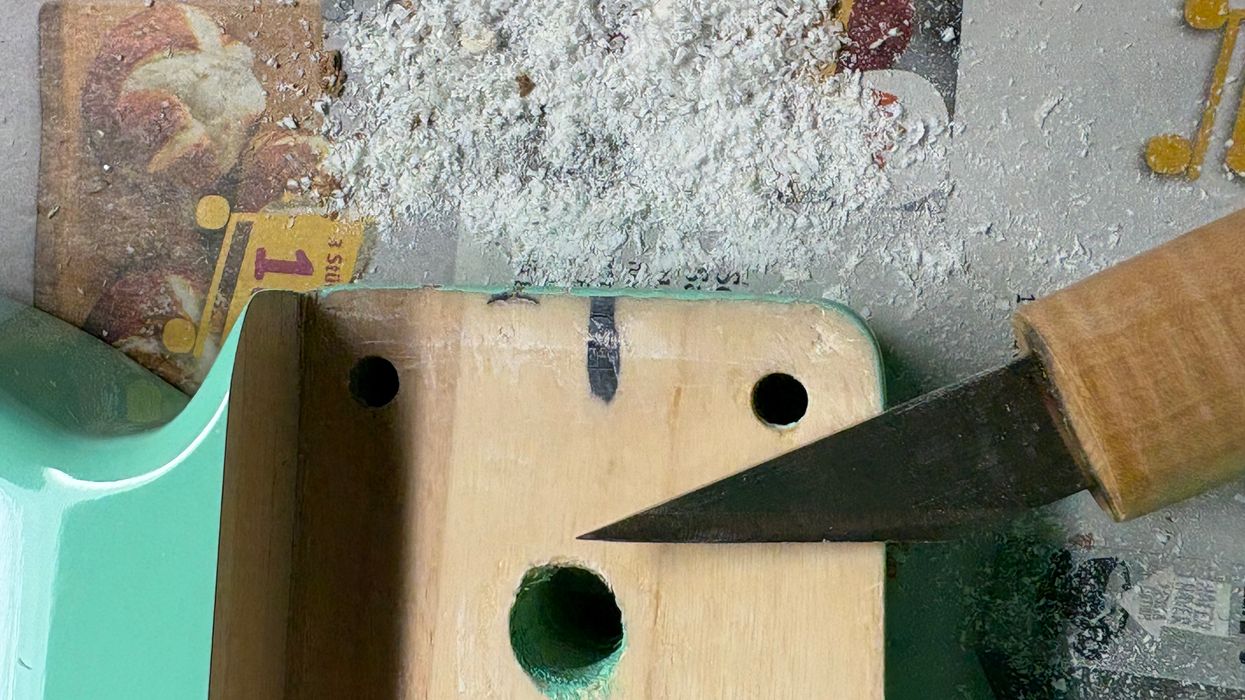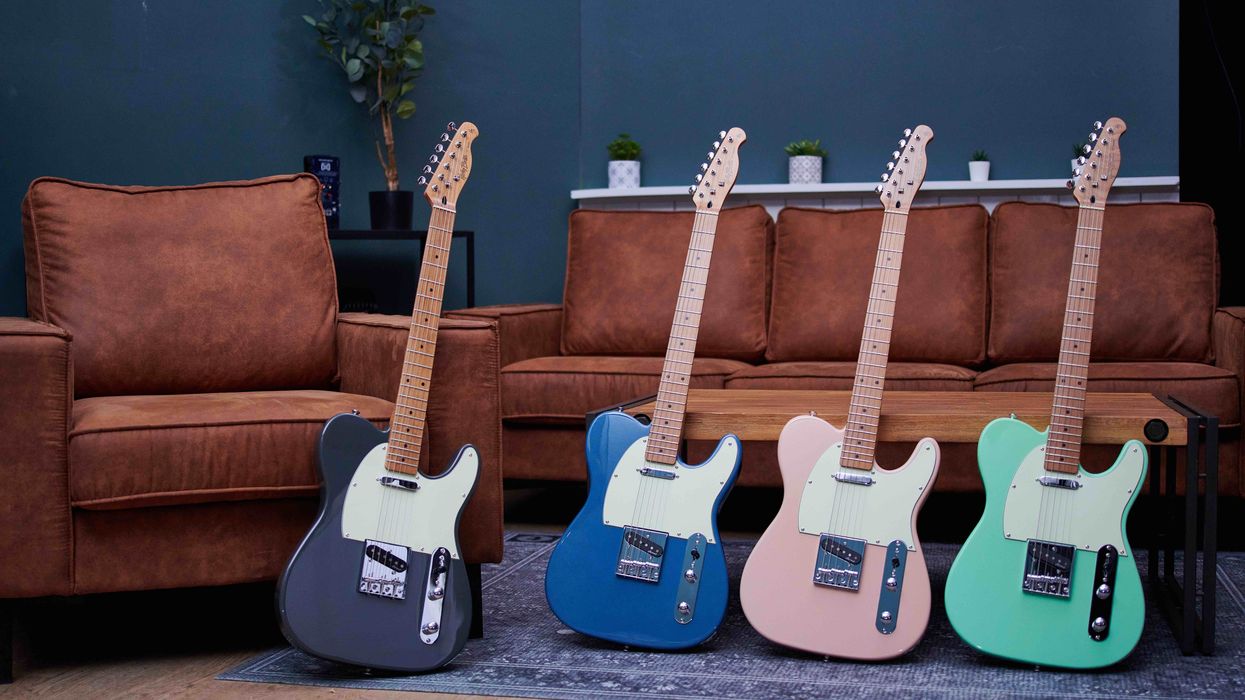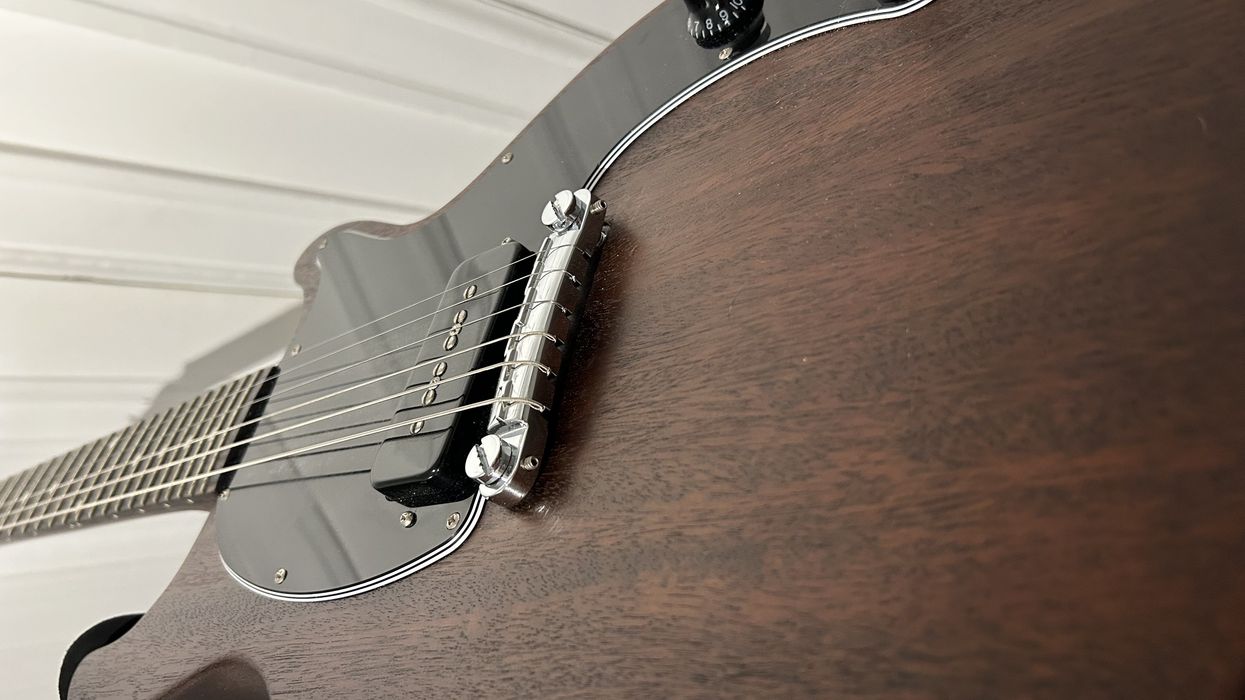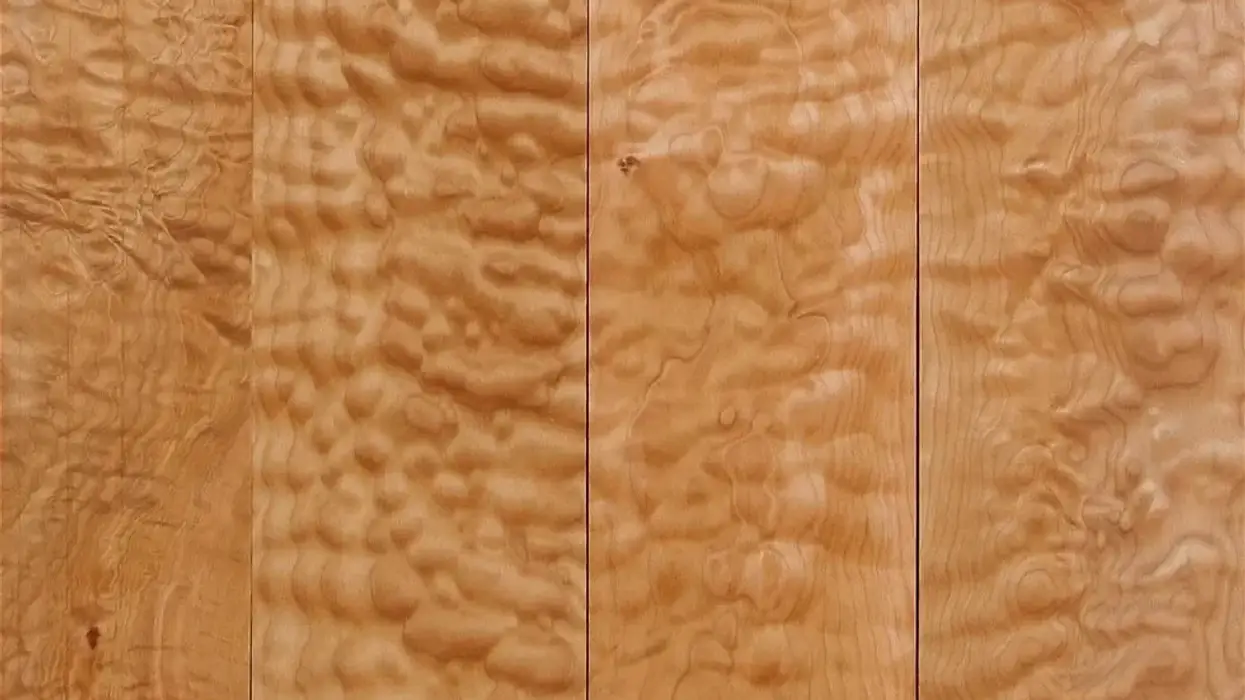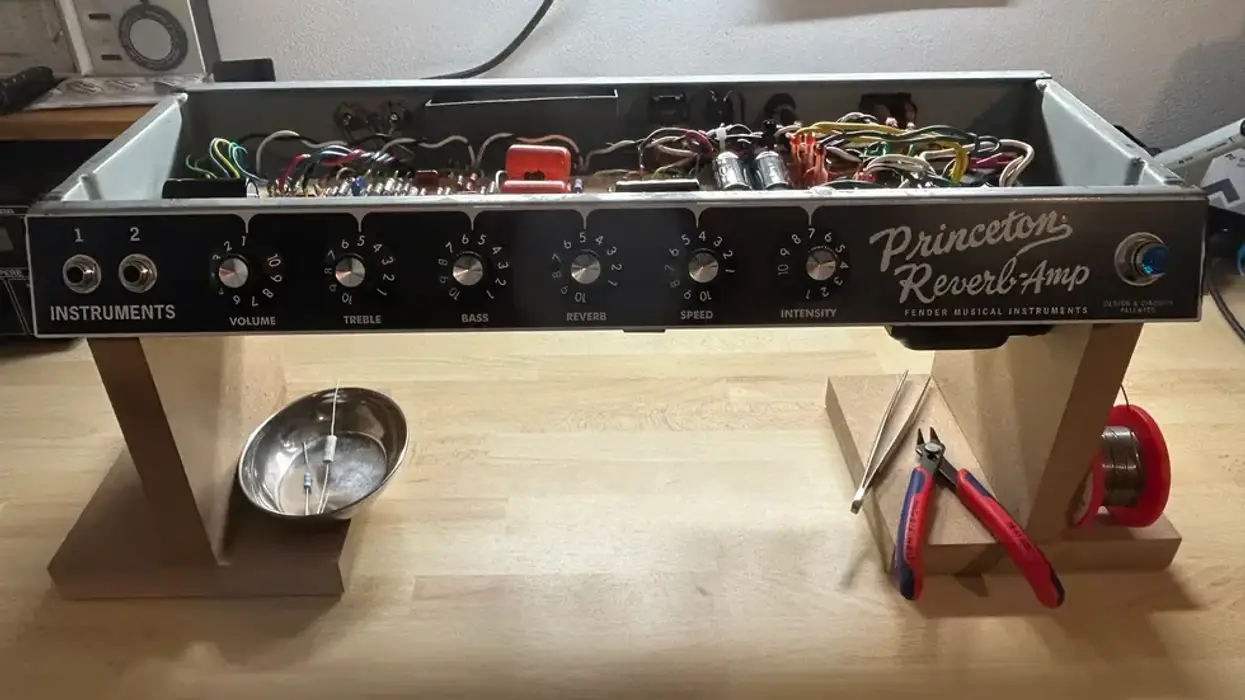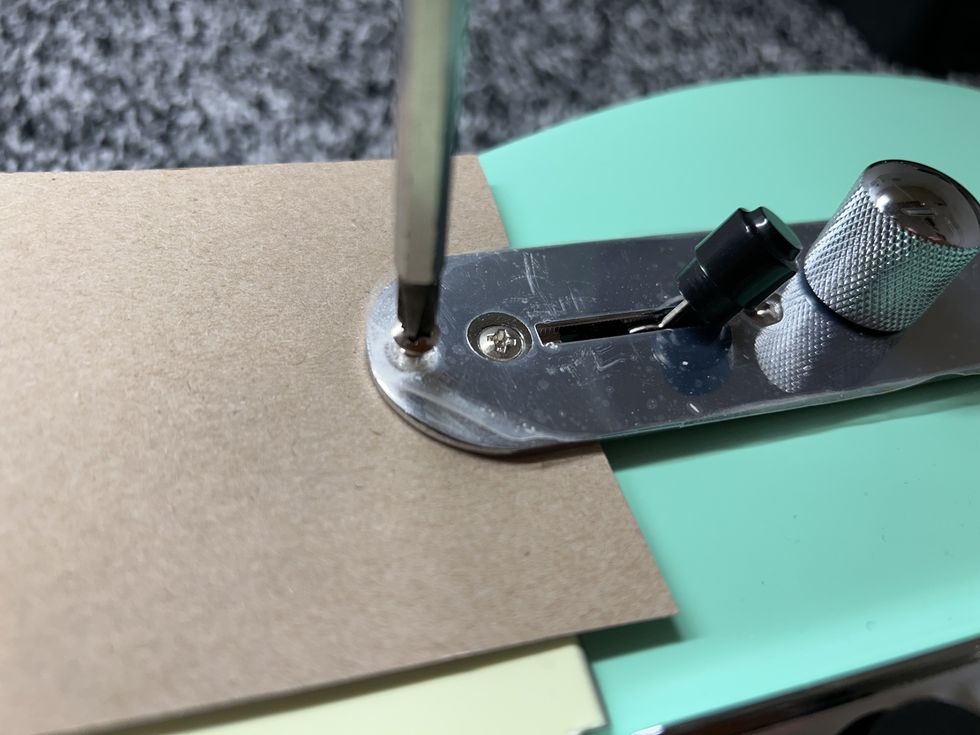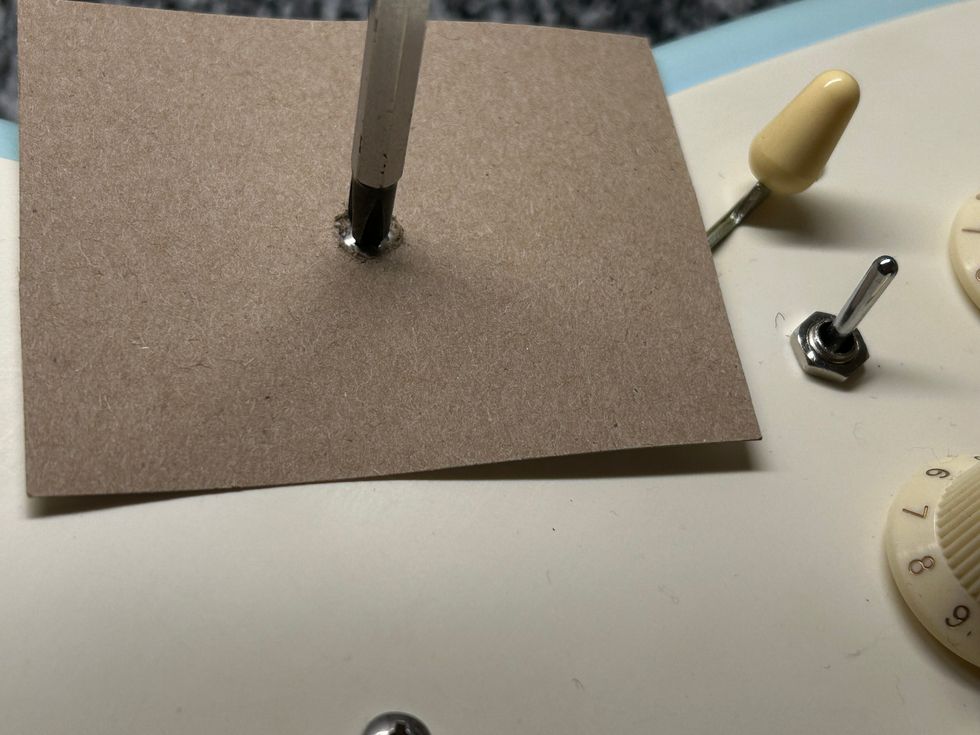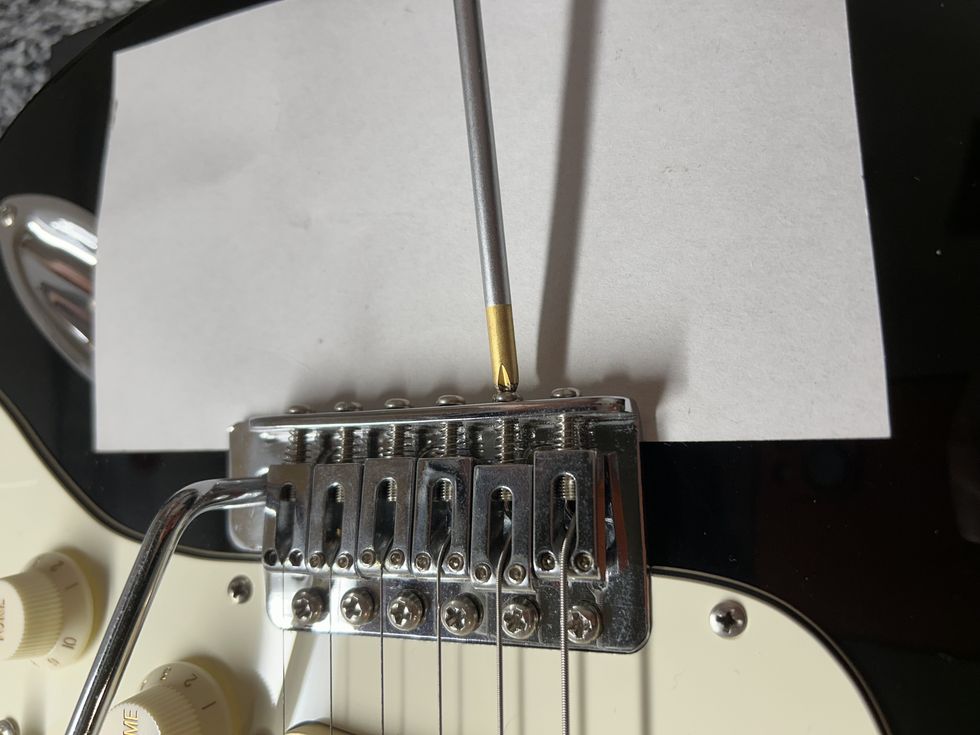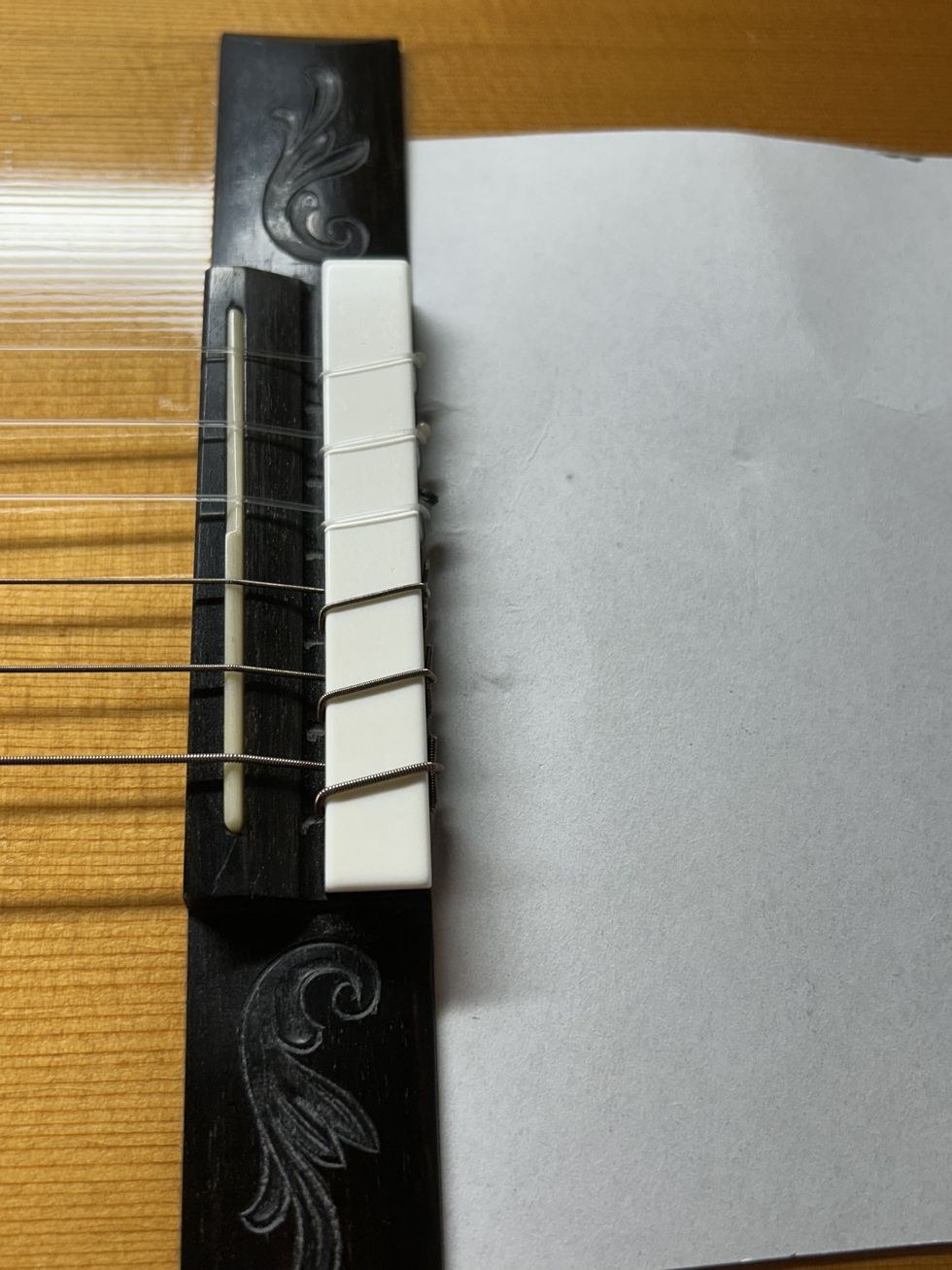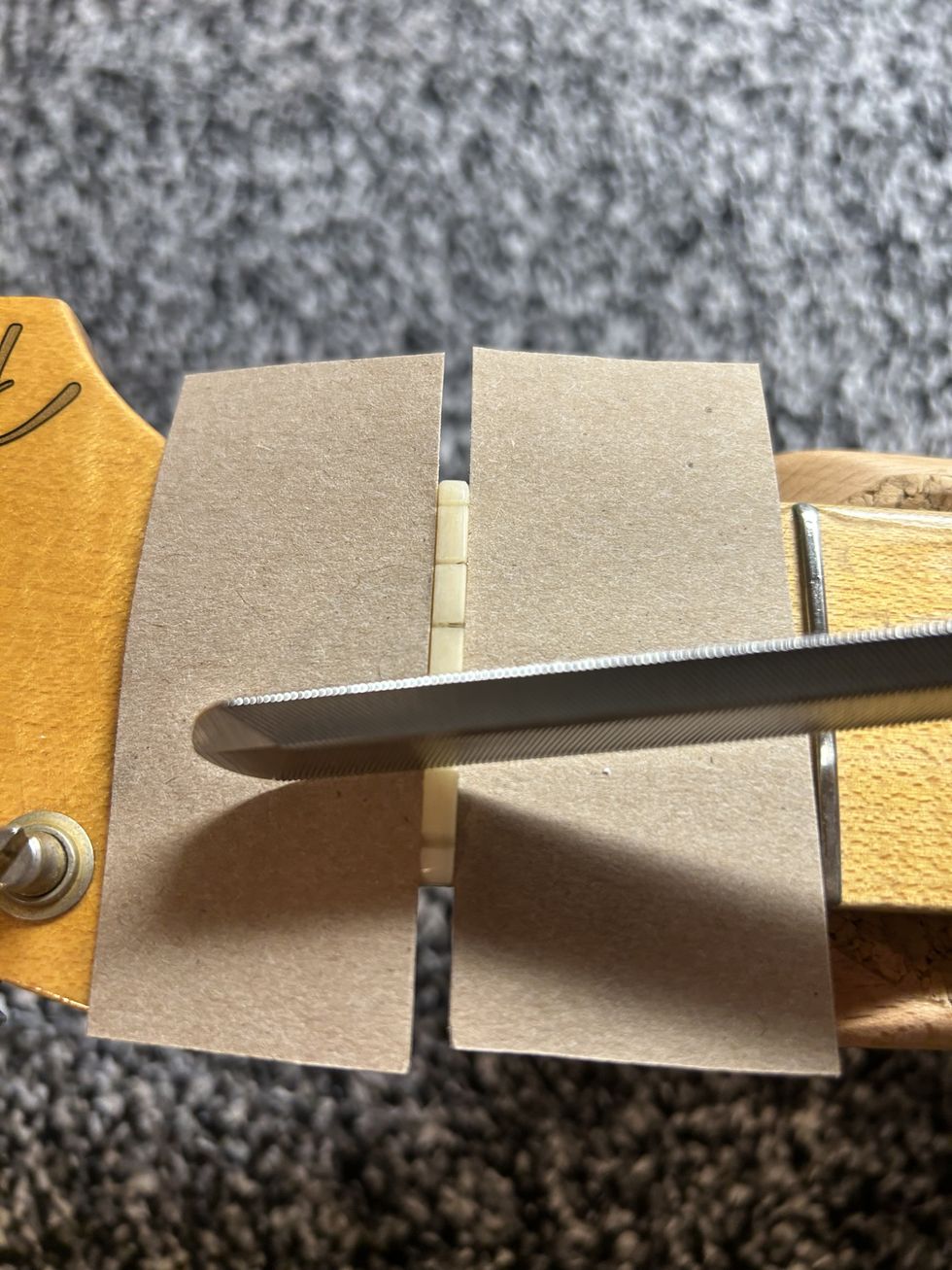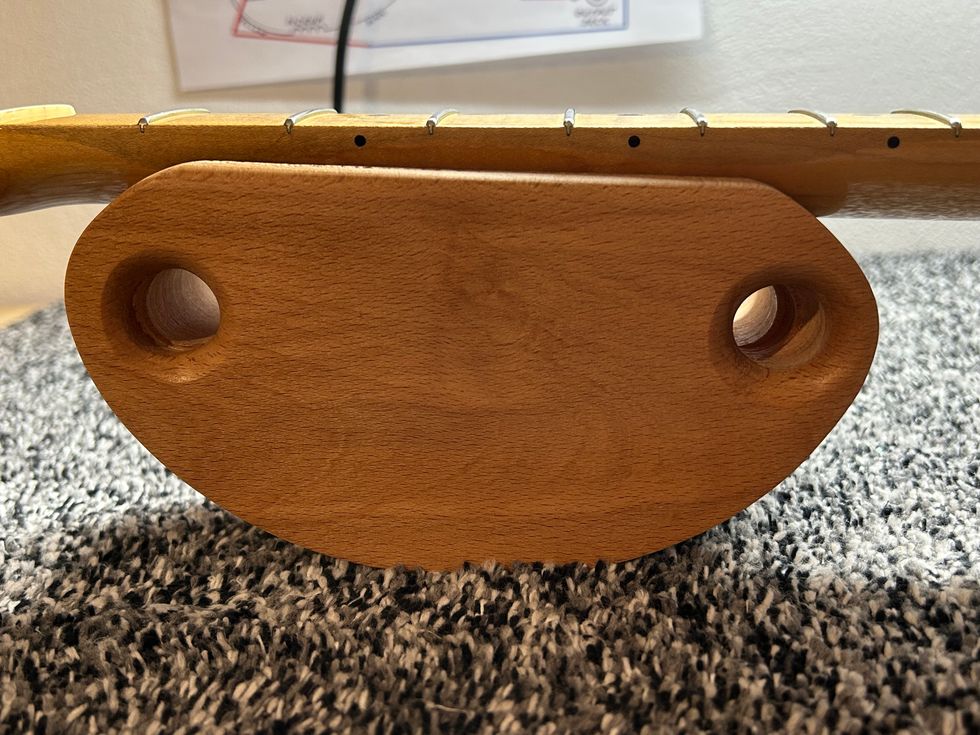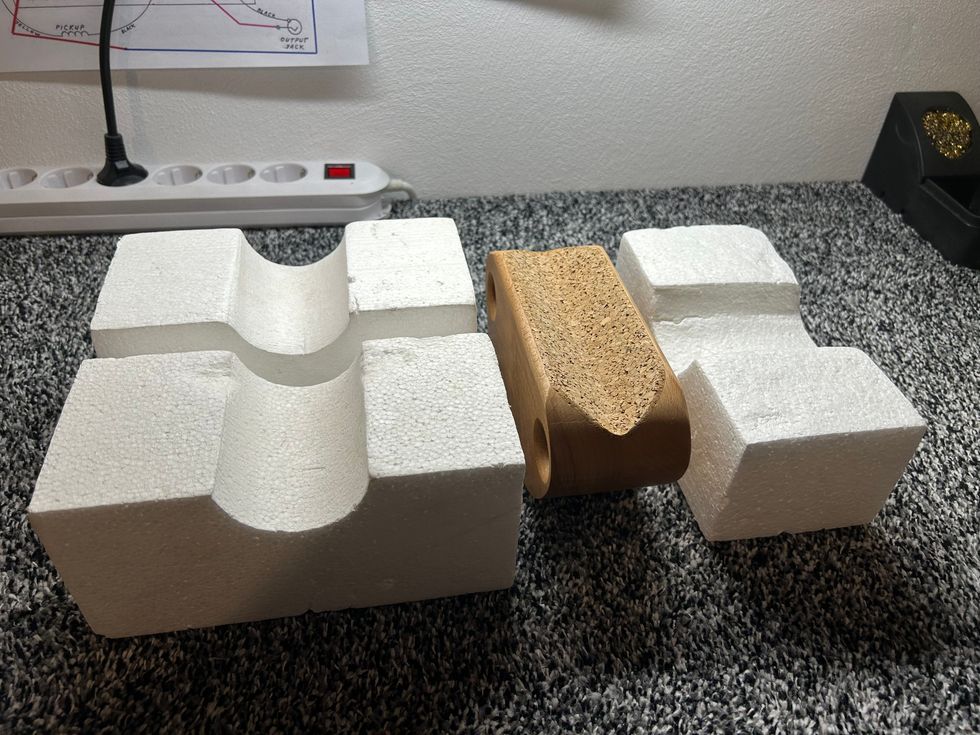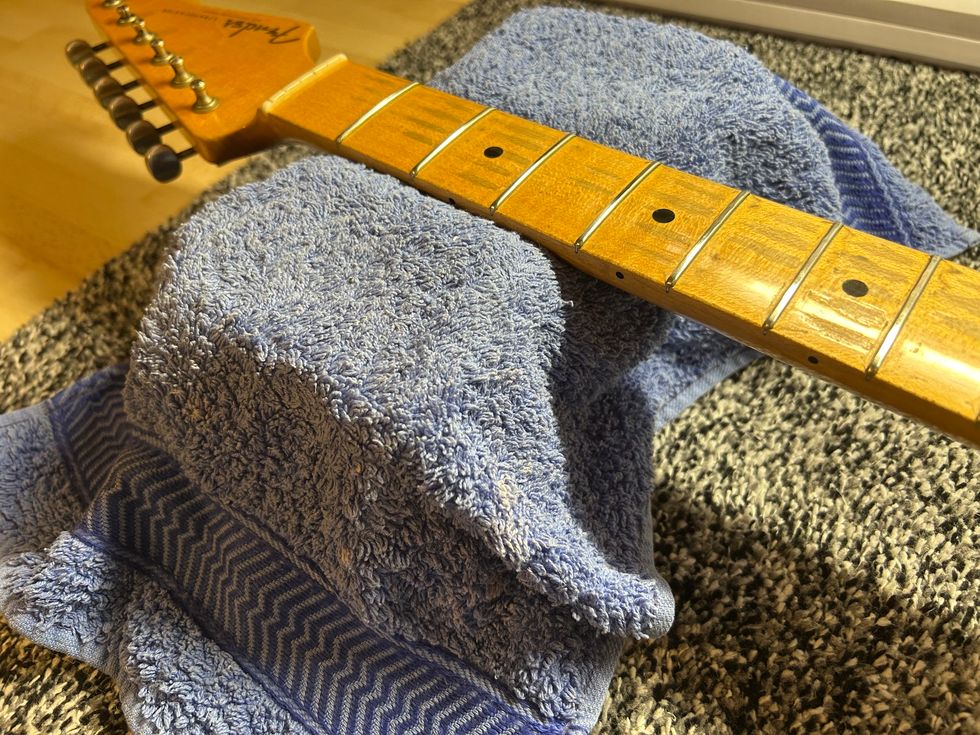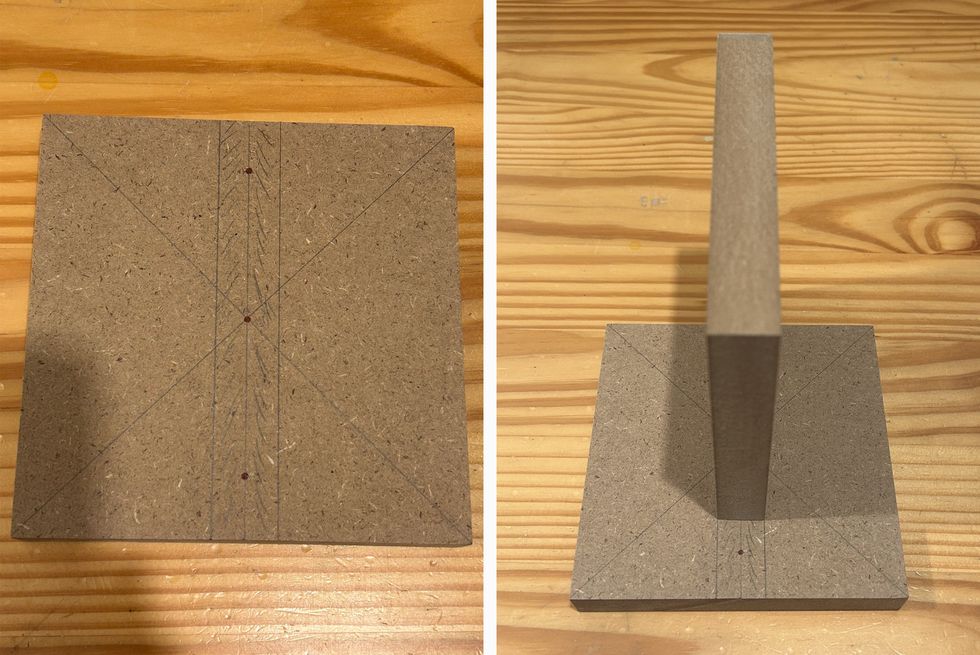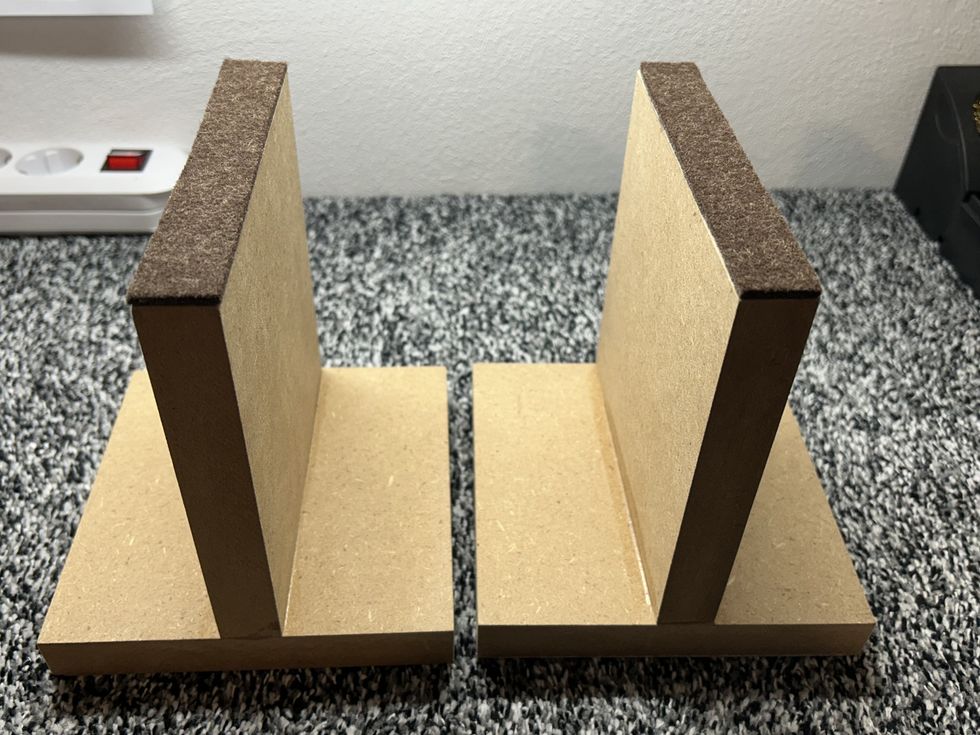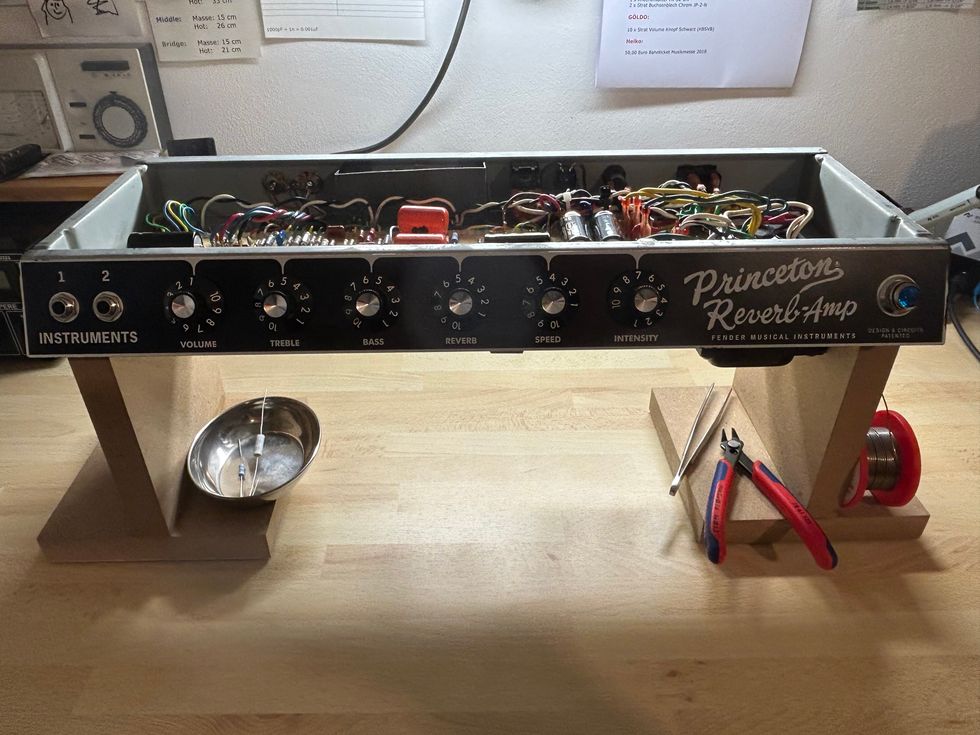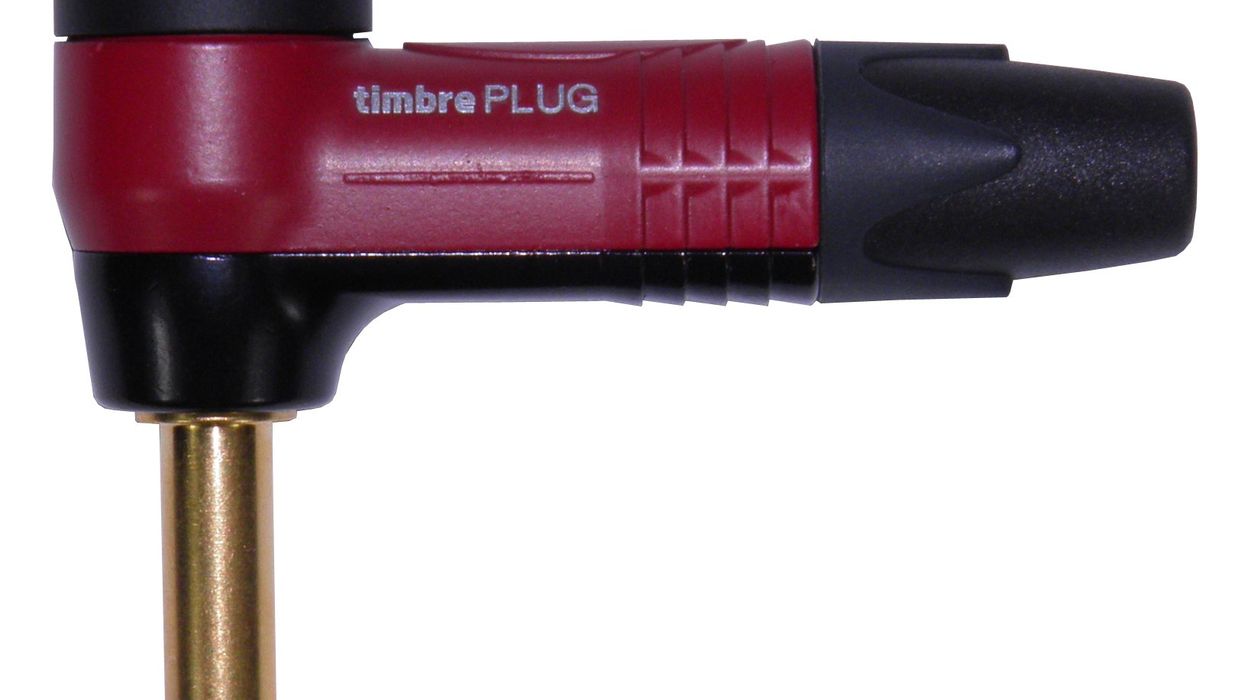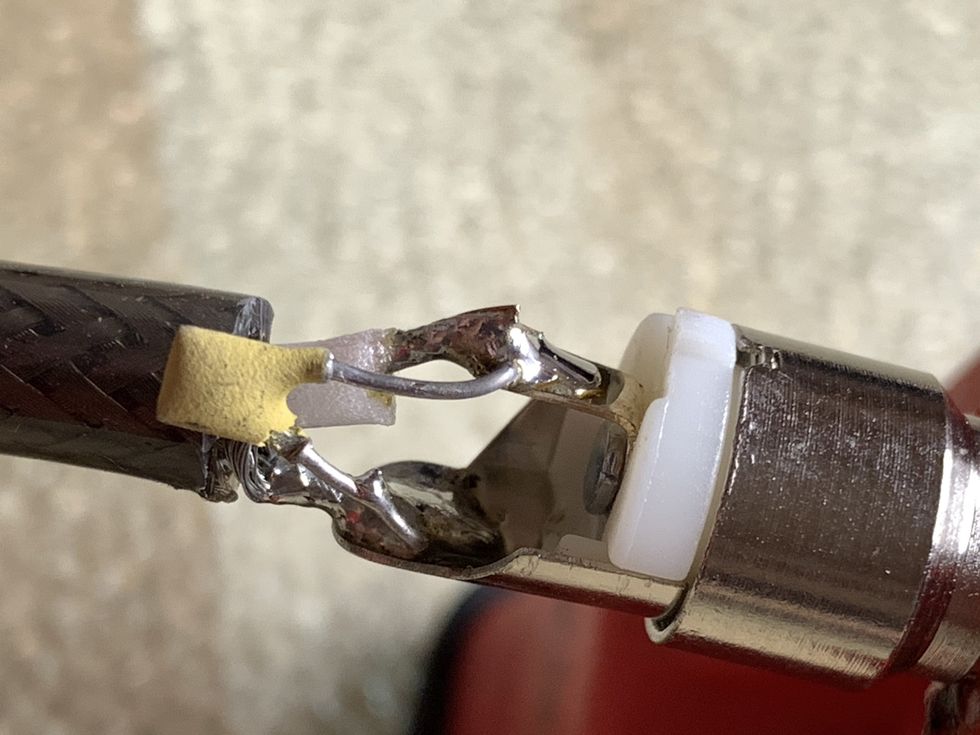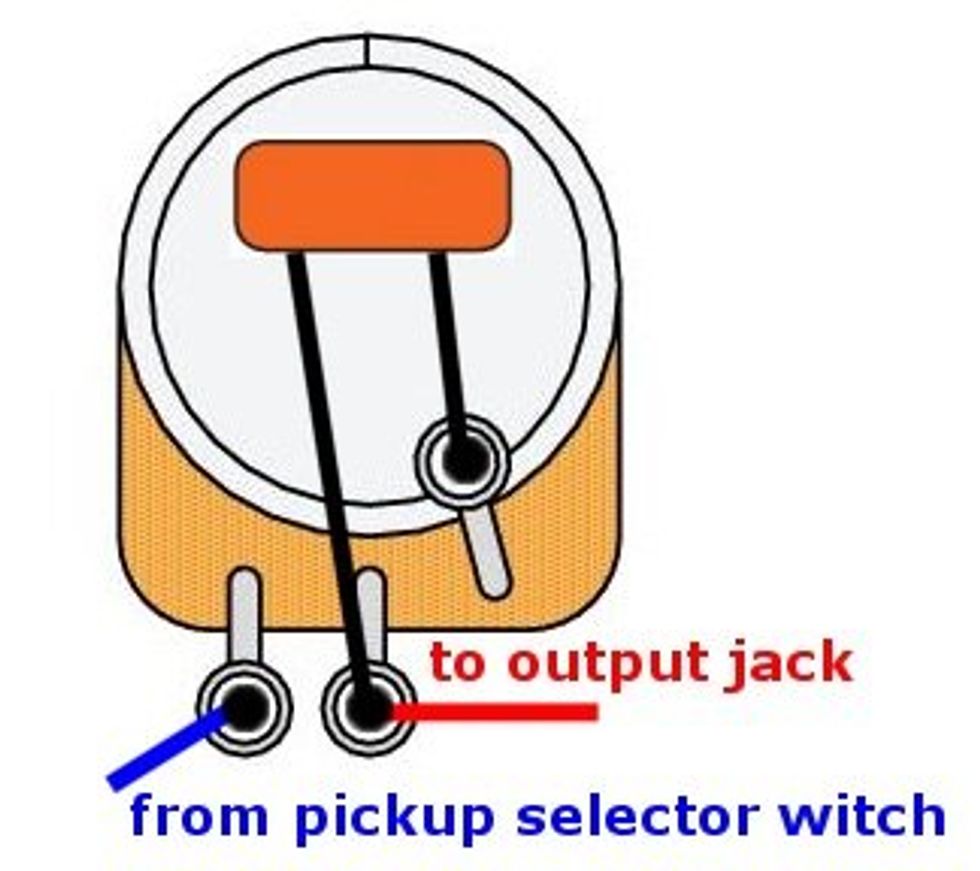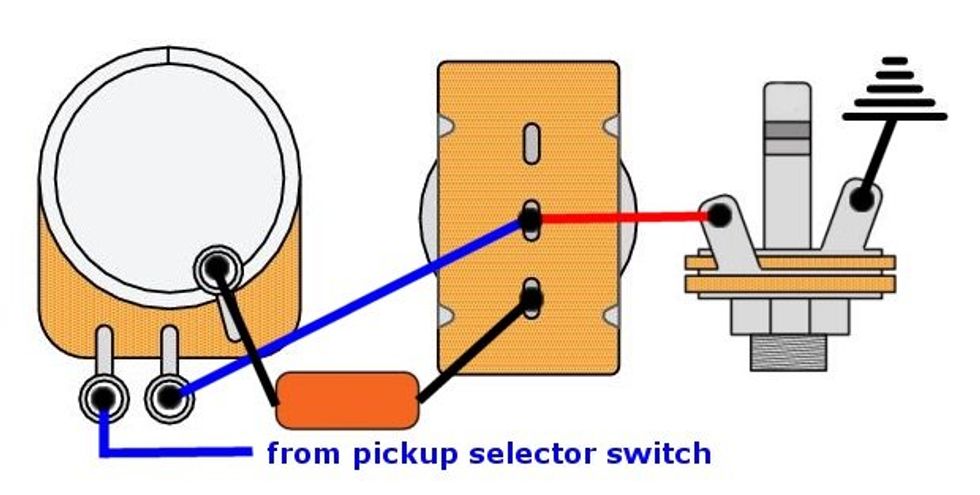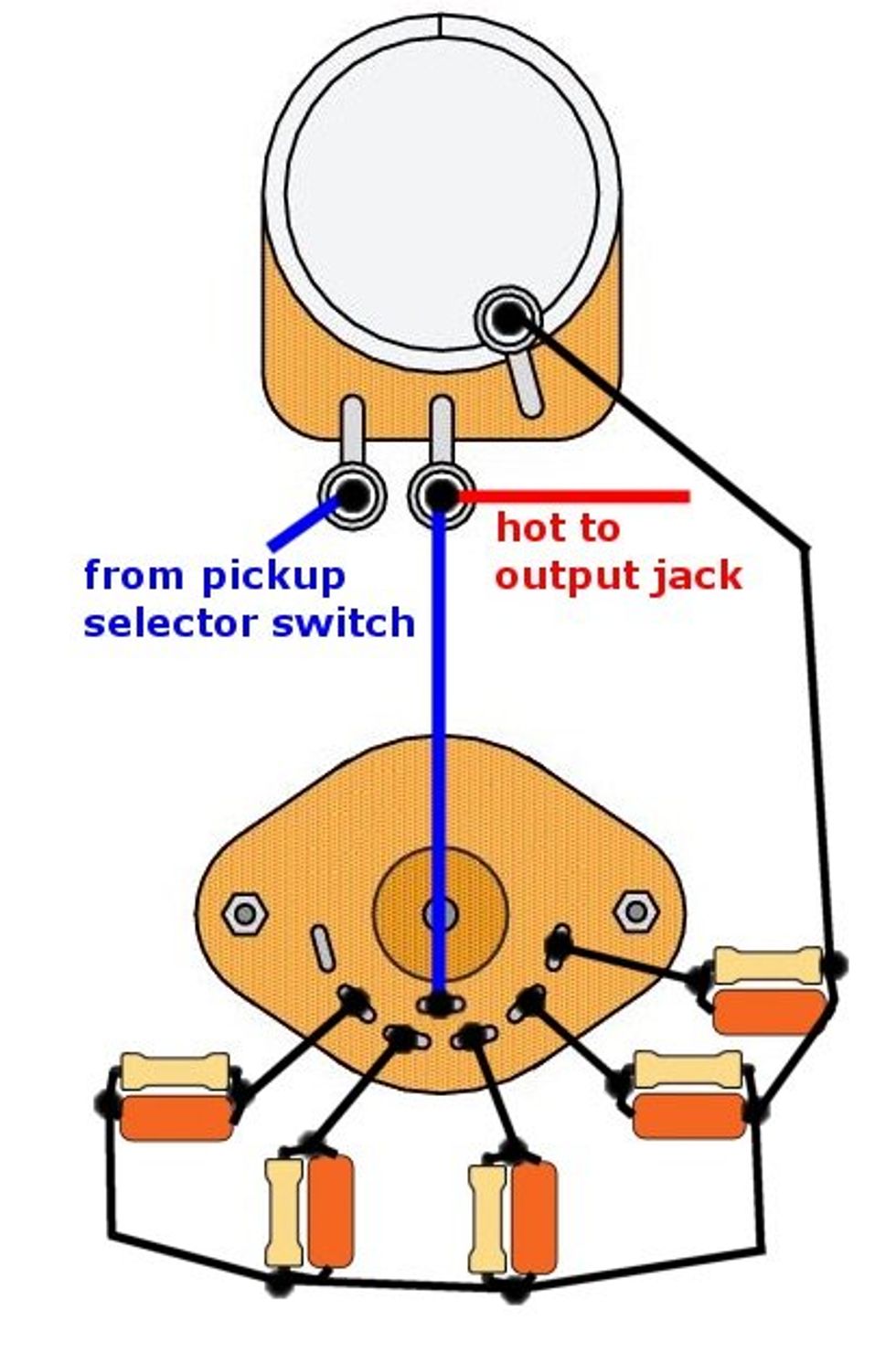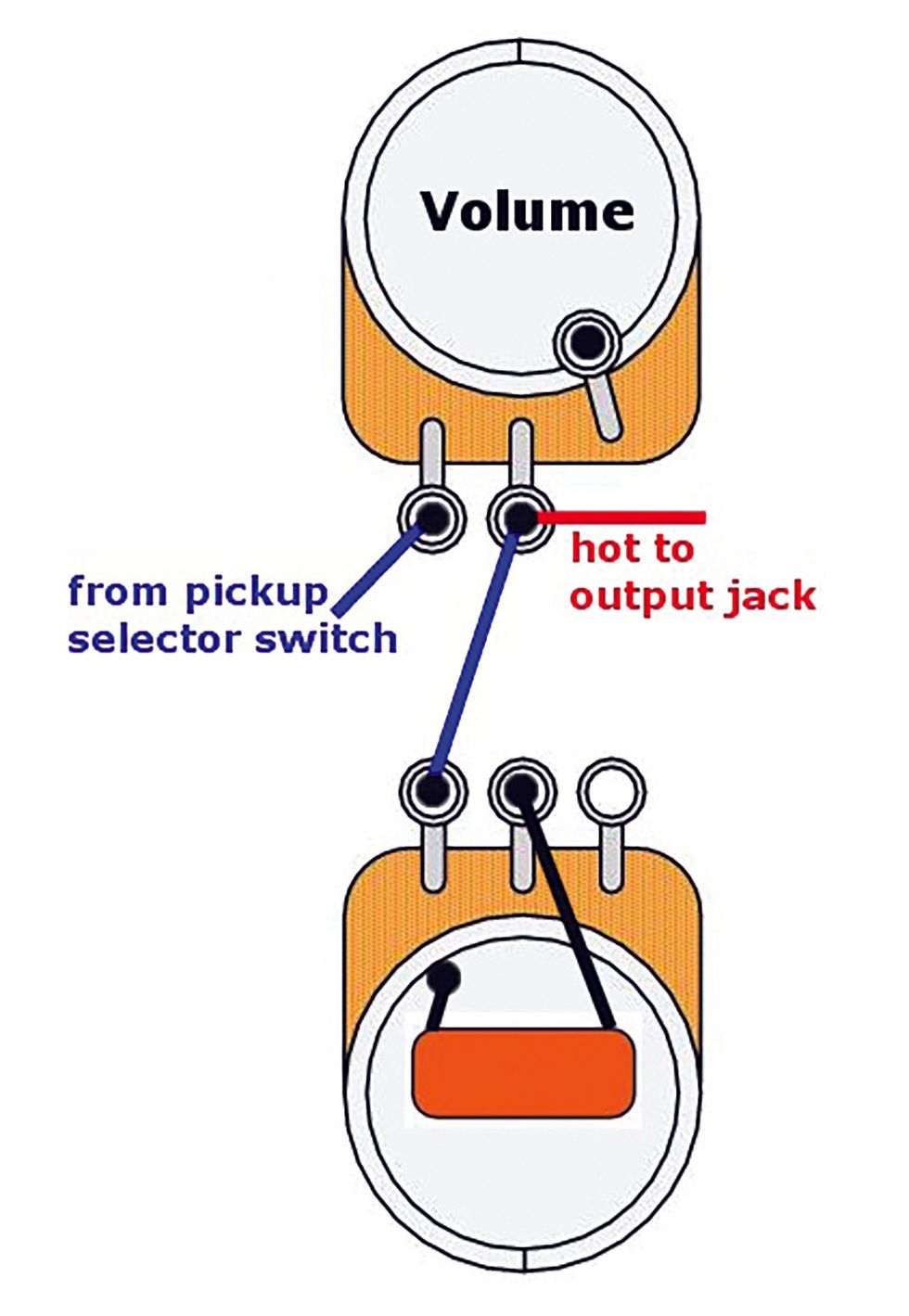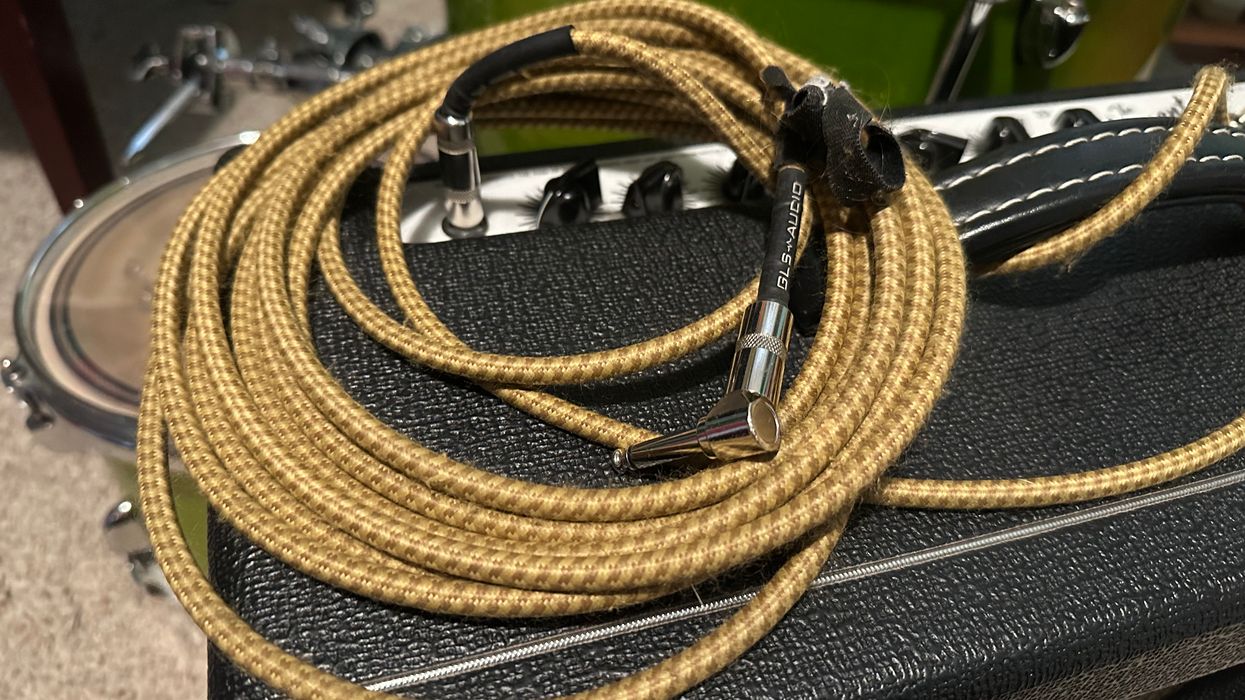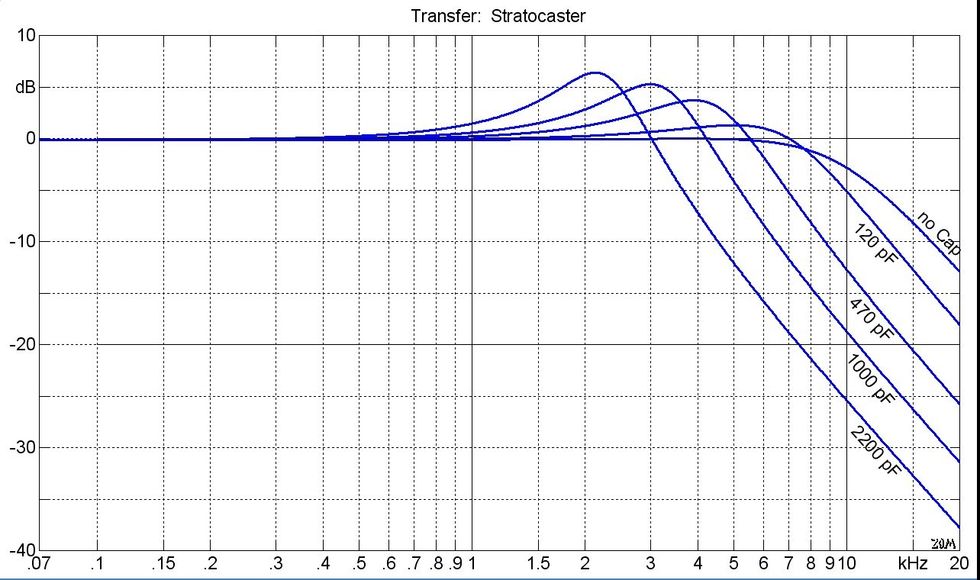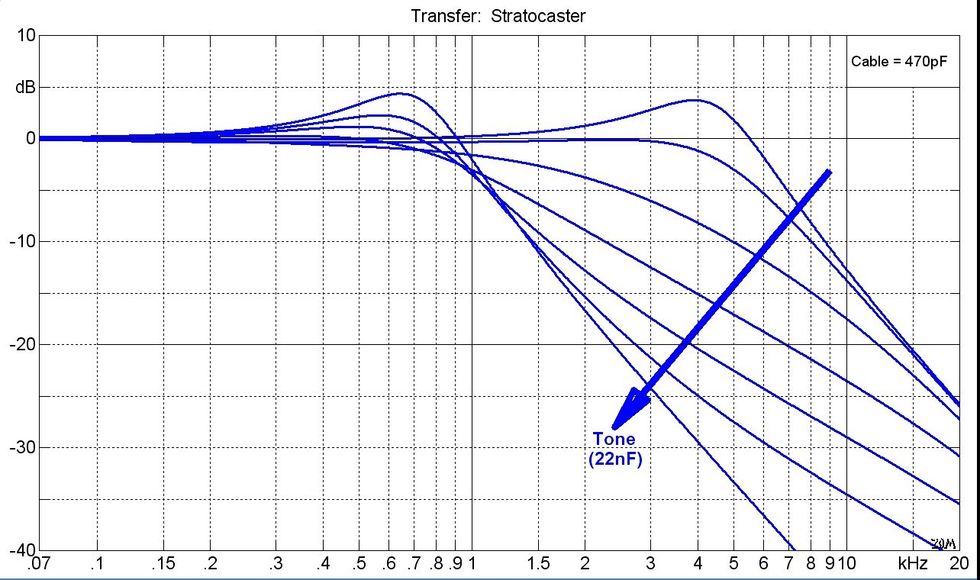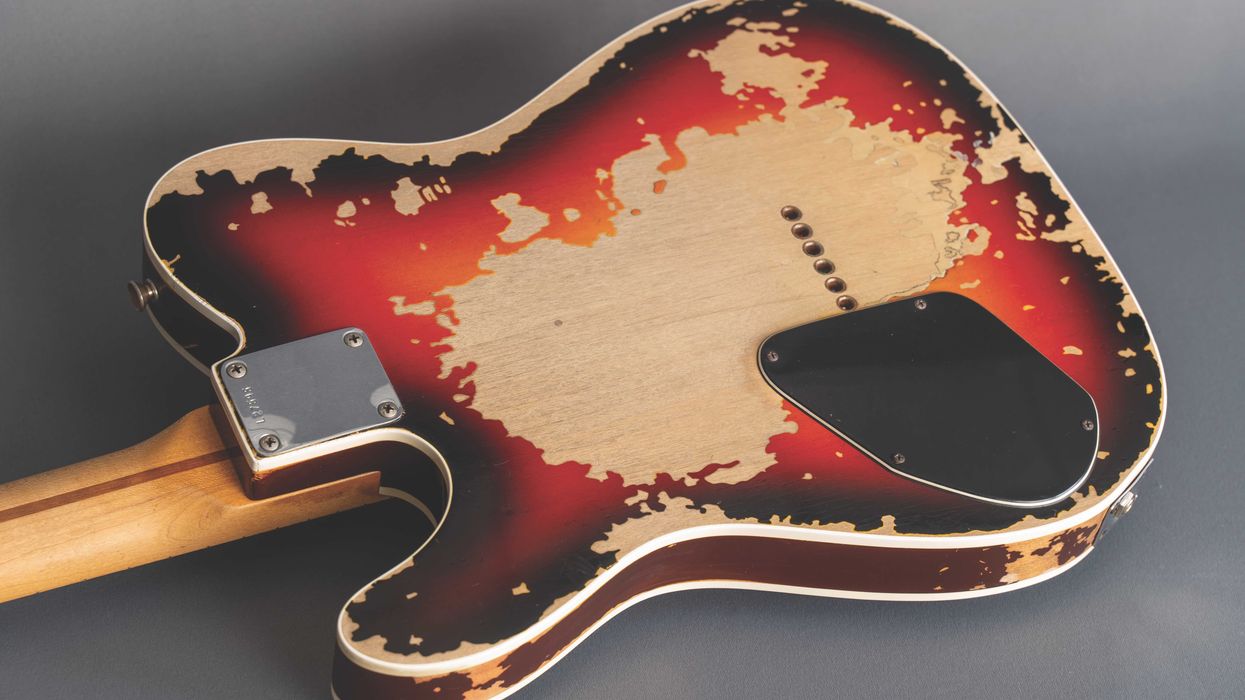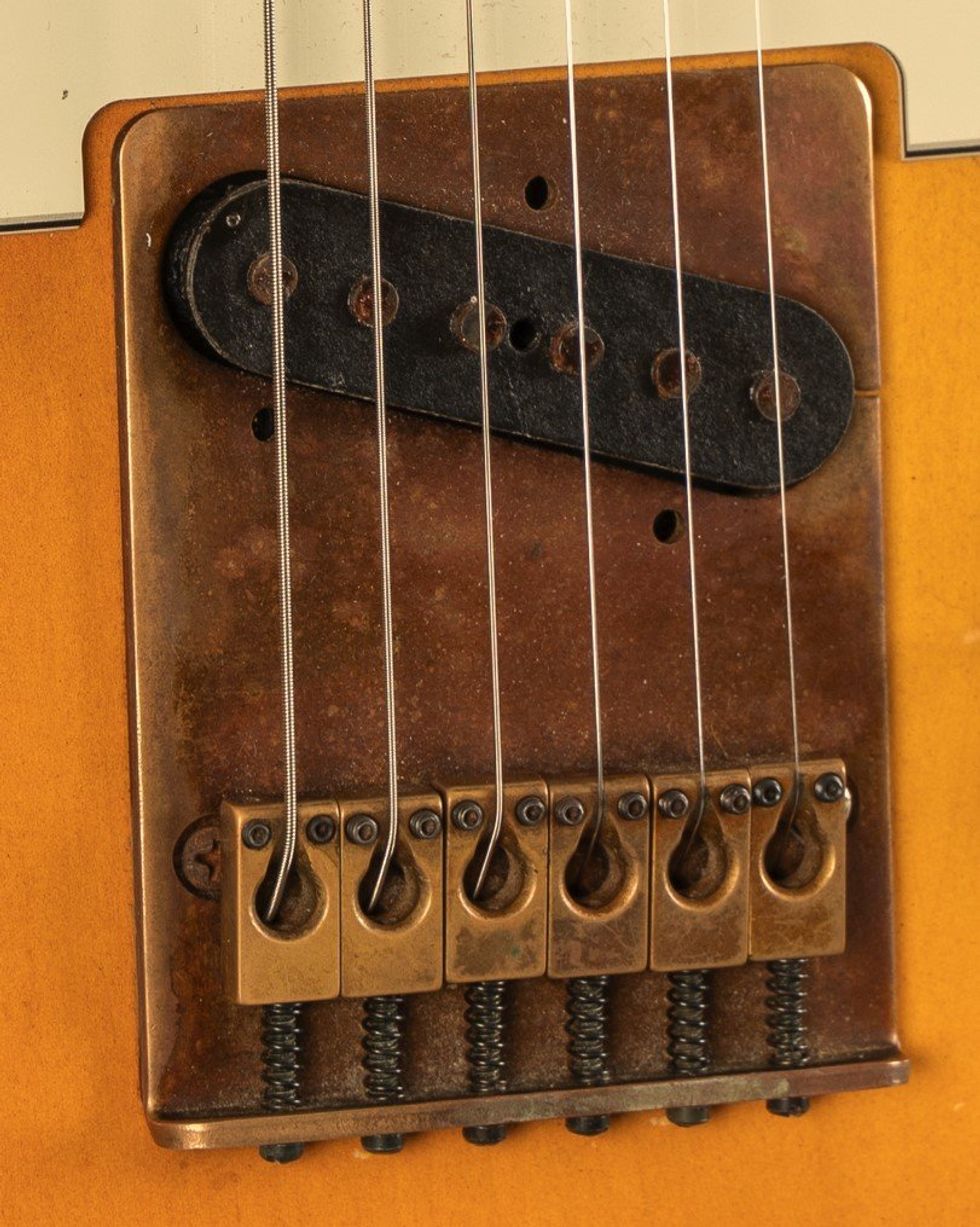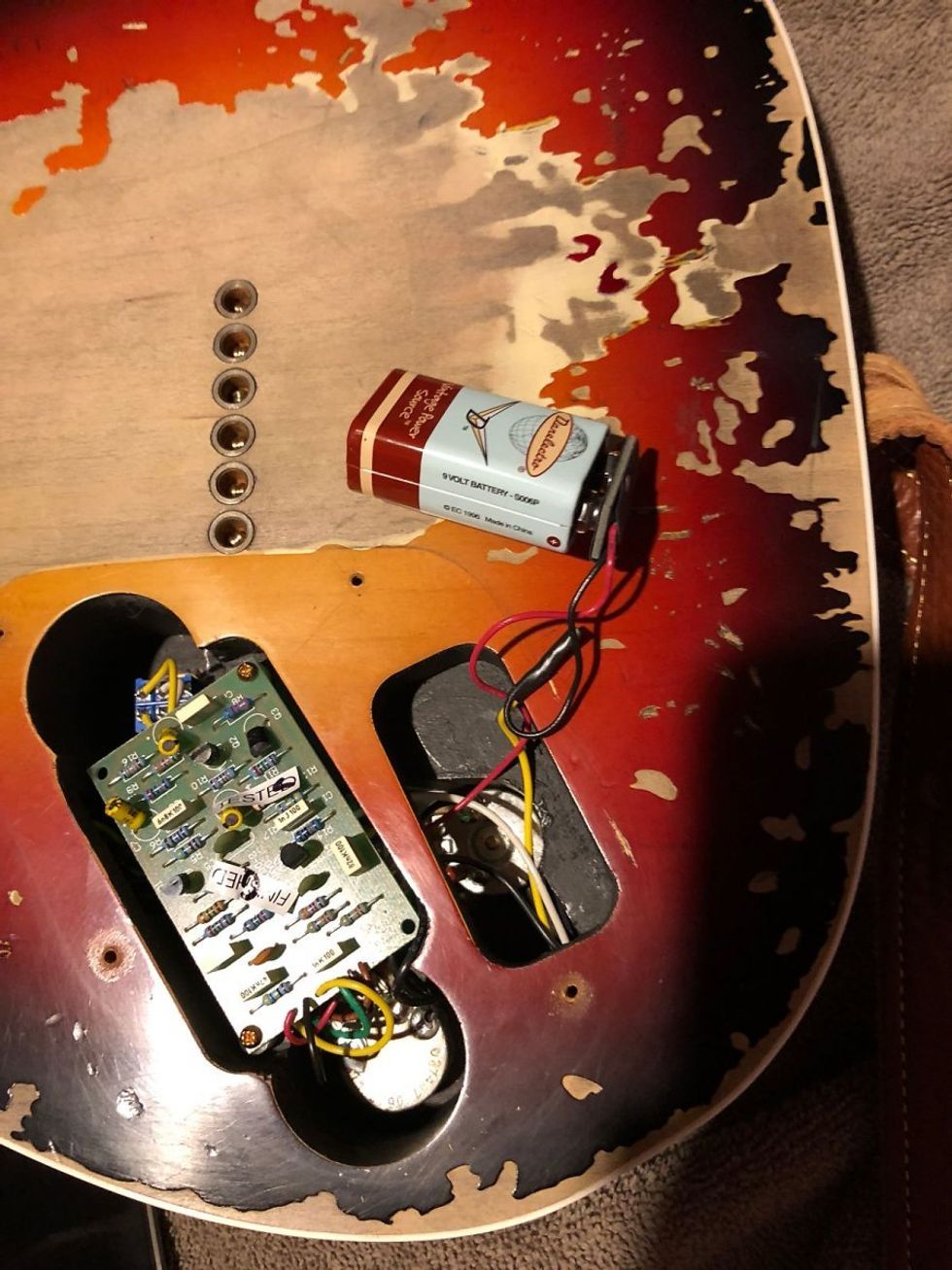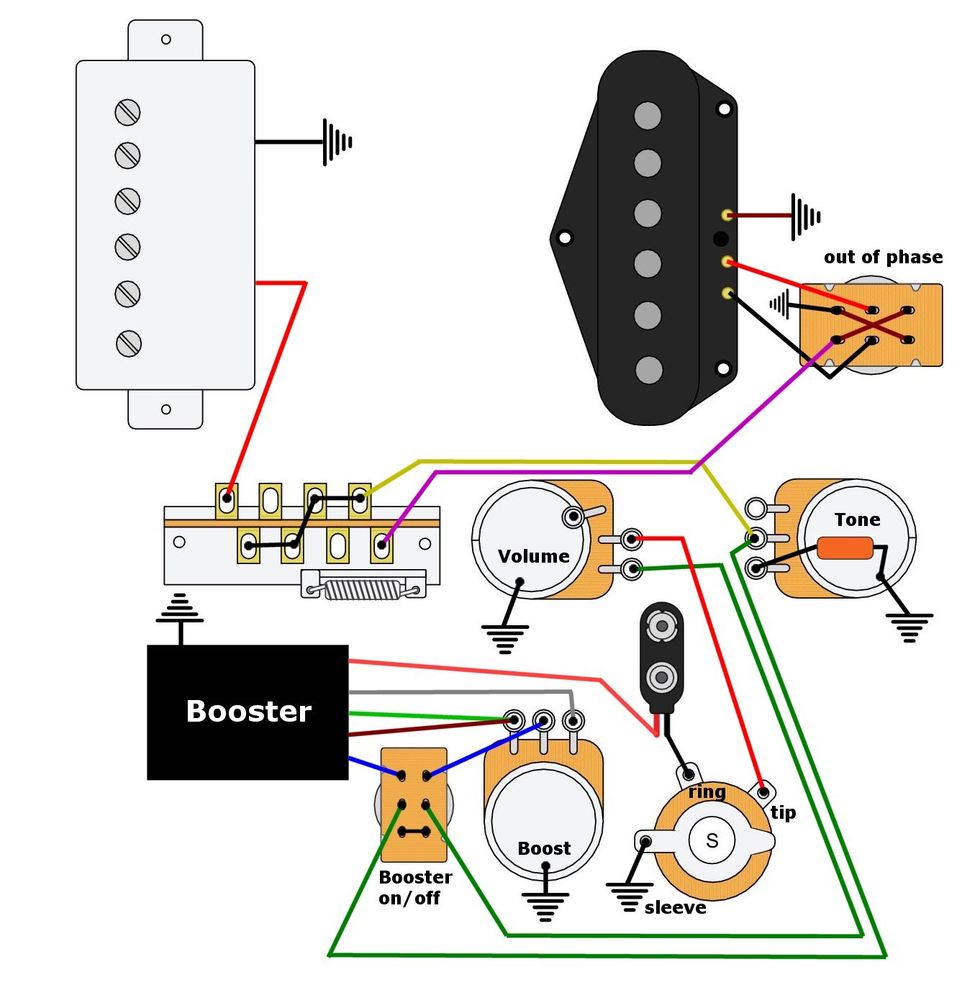Hello and welcome back to Mod Garage. In this column, we’ll take a closer look at the very unique sound of the famous Rory Gallagher Stratocaster and discuss why it sounded so outstandingly good.
Unless you are living in a cave, you should know who Rory Gallagher was and will recognize his beaten-up Fender Stratocaster, which is a symbol of pure rock ’n’ roll. The story goes that Rory bought this used 1961 sunburst Stratocaster in 1963 for £100 in Cork, Ireland, in a shop named Crowley’s Music Store. Allegedly, this was the first Stratocaster ever to reach Ireland. The guitar’s previous owner ordered a red Stratocaster from the U.S., but a sunburst came instead. After using the guitar for around half a year, the red one arrived. The sunburst was exchanged and put on sale, and Gallagher soon found it. True or not, the story is simply priceless.
When Rory bought this Strat, it was absolutely factory stock, which was typical for this time. It stayed that way for a long time and became a piece of musical history in the hands of Rory. Nearly all of the sunburst lacquer was naturally removed over the years by Gallagher’s acidic sweat, so today the guitar is almost completely stripped down to the bare wood, giving it its iconic look.
The first mods done to this guitar happened around the mid-70s, when two of the pickups were damaged and had to be replaced. Later on, some other parts like the pickguard and pickup covers had to be replaced, and in his later career he did start to use different pickups. The standard 3-way pickup-selector switch was replaced with a more modern 5-way switch, and the controls were rewired for master volume and master tone with the middle tone pot disconnected.
What was the secret behind Rory’s unmistakable Stratocaster tone, which he had from the start? First and foremost, and without any doubts, you all know the saying: Tone comes from the fingers! When such outstanding playing chops meet a great instrument, the result is marvelous.
Having said that … Rory’s pickups did play a large role in his sound. The standard Stratocaster pickups Fender used at the time had staggered magnets with beveled edges. There is complex physics behind it, but in basic terms, these pickups sound fatter, sweeter, and with more overtones. The beveled edges greatly influence the magnetic field, which causes them to sound so different. This has to do with the pickup’s unique aperture or “magnetic window.” These were hand-beveled edges, and it was generally assumed that this was done to disguise the rough and uneven surface left by the sand casting. But this can’t be the reason because doing such handiwork takes a lot of time and care to get right, and Leo Fender wasn’t known for spending time on such unnecessary things in his building processes. (Later, Fender stopped beveling and the sound of the pickups changed because of this.)
In 2016, Seymour Duncan explained the tone of beveled pickups to Guitar.com: “The bevel causes the magnetic field to shoot out a little around the bevel area, but it results in a tapering of the field above that point. So, if you could, imagine the magnetic field shaped like the flame of a candle or a teardrop.” That’s an excellent metaphor that hits the nail on the head.
“Depending on the employee working the sanding machine, the edges are more or less beveled from pickup to pickup—one of the reasons why vintage Strats sound so different from guitar to guitar.”
But why did Fender originally do hand beveling and why did they stop later on? Were his choices based on tone? I don’t think so. I think the answer must be seen in the historical context of the time.
The alnico 5 material used for the magnets was brand-new and very expensive at that time. It was also very porous, and many magnets crumbled while using a hammer to drive them into the pickup, which was the usual procedure in the Fender factory. So, Fender started hand beveling the magnets on one side, which minimized the risk of destroying the magnet during the hammering process. It was an accident that this created such great tone. Depending on the employee working the sanding machine, the edges are more or less beveled from pickup to pickup—one of the reasons why vintage Strats sound so different from guitar to guitar.
Here you can see the normal, non-beveled magnets of a Stratocaster pickup:
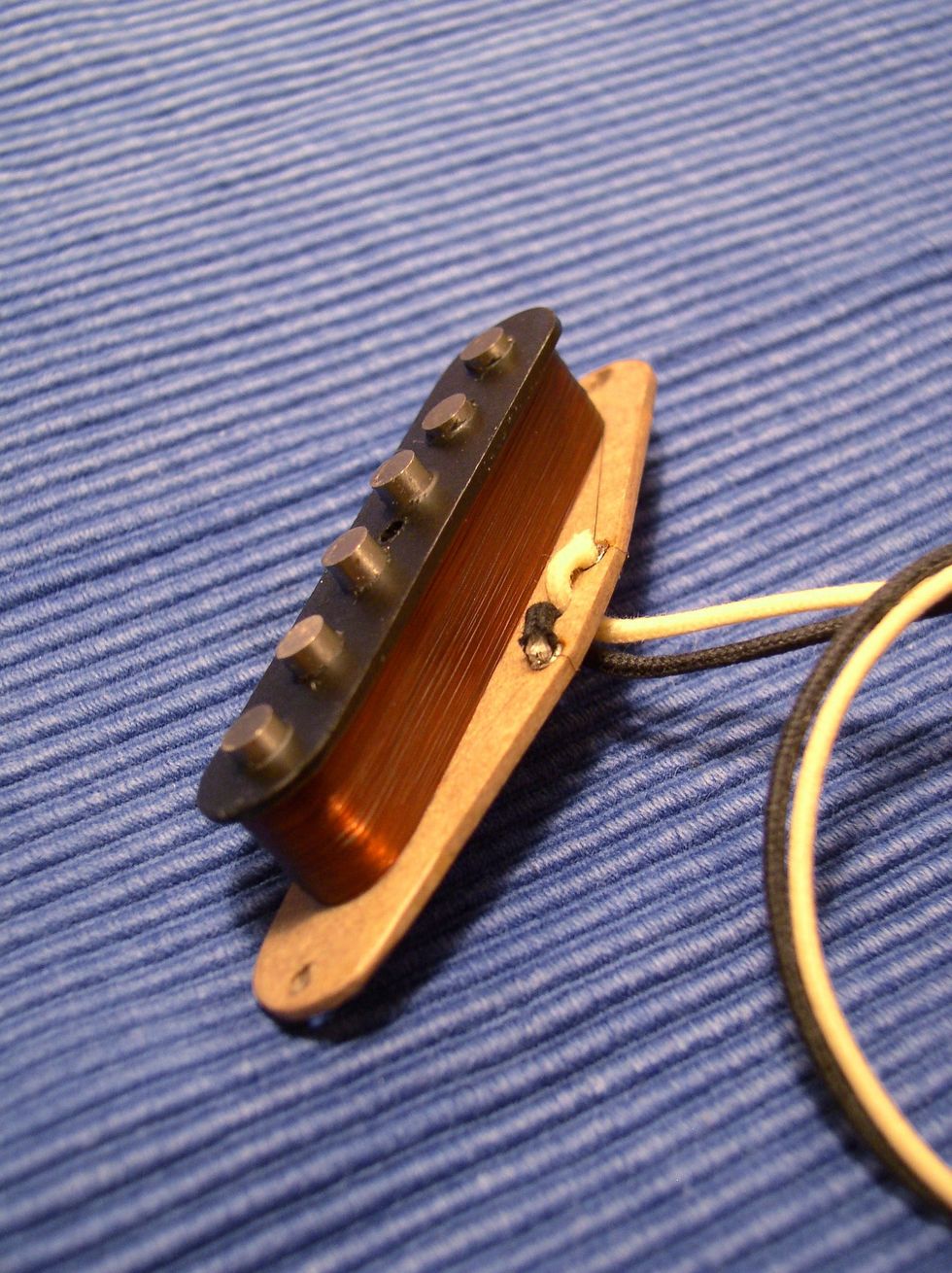
Photo courtesy of Leosounds (https://leosounds.de)
And here is a faithful recreation of the beveled magnets in Gallagher’s Stratocaster:
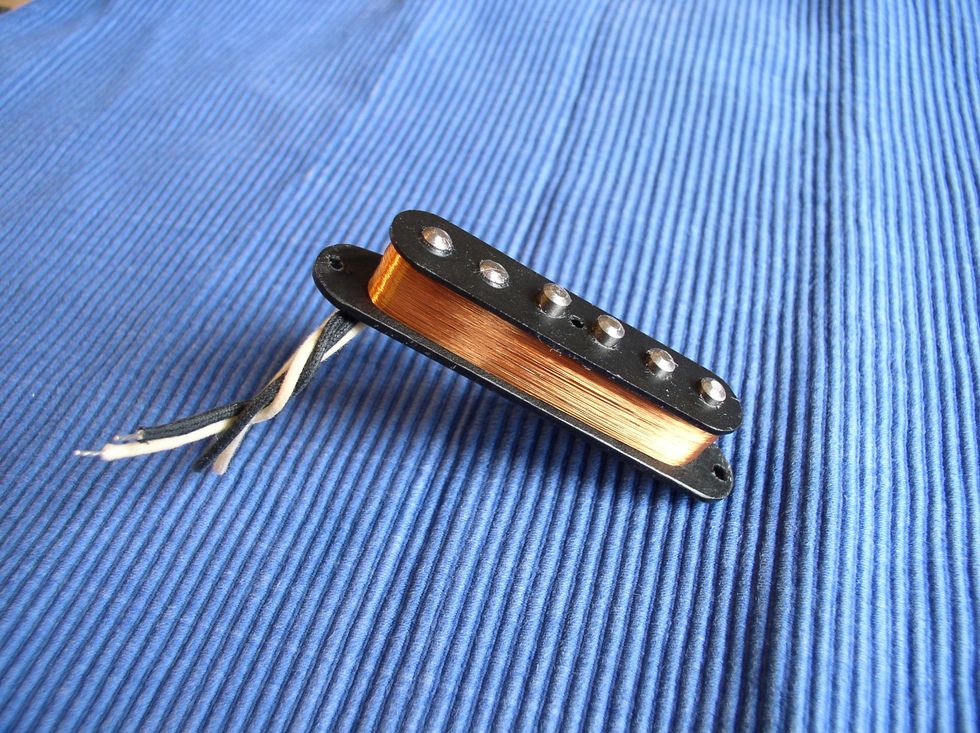
Photo courtesy of Leosounds (https://leosounds.de)
Gallagher’s pickup set has a very pronounced bevel. The Fender worker who produced these certainly also created some more sets like this.
The influence of the bevel on a pickup’s tone is huge. To give a better idea, here are some magnetic visualizations that my dear friend Bernd C. Meiser from the German BSM company made for me. Bernd sadly died on July 30, 2024, after fighting against cancer for two years. It won’t get loud anymore without him.
Here you can see the common magnetic spread-out of a non-beveled Strat pickup:
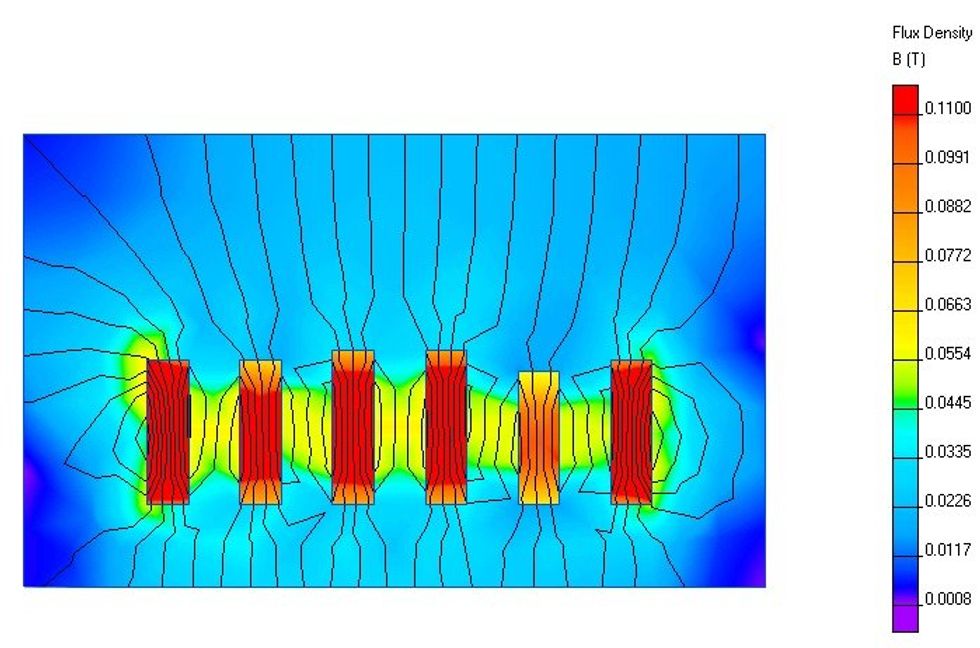
Drawing courtesy Singlecoil (https://singlecoil.com) in memory of Bernd C. Meiser
And here is the same with a beveled Strat pickup:
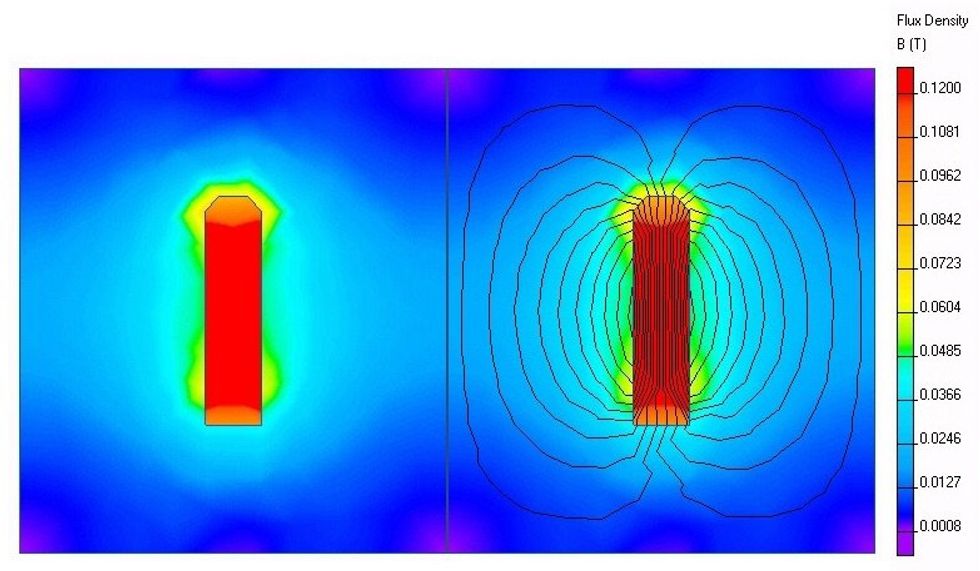
Drawing courtesy Singlecoil (https://singlecoil.com) in memory of Bernd C. Meiser
You can clearly see the difference of the magnetic spread-out and the much wider aperture these beveled magnets provide, causing the different tone.
So where is the mod for this column? I’m sorry to disappoint you, but it’s not possible to change the magnets on a standard Stratocaster pickup without destroying the pickup. And there is no way to retroactively put a bevel on the magnets of your pickup with the magnets installed. The only way to convert your Strat to beveled pickups is to install a new pickup set with beveled magnets. Fender ’57/’62 pickups feature beveled edges, as do many offerings from other pickup companies.
Next time, we will have a look at the mid-boost and scoop mod from Dan Torres, so stay tuned!
Until then ... keep on modding!


